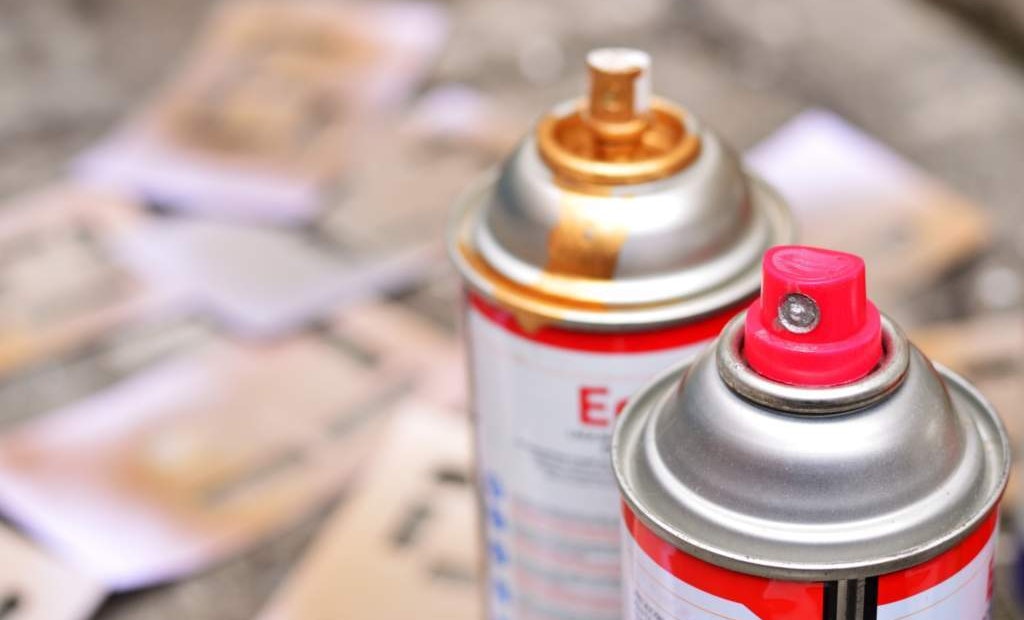Interested in Portable Sanitation?
Get Portable Sanitation articles, news and videos right in your inbox! Sign up now.
Portable Sanitation + Get AlertsThose of you pumpers who operate portable restrooms know vandalism can be among your top concerns. No one wants to see their valued assets damaged and treated disrespectfully, but it does happen. With that in mind, we’ve organized nine of the best tips for preventing and responding to restroom vandals.
1. Secure your location. Examine the security fence around your property for gaps. If you don’t have any fencing, consider making an investment in fencing to beef up security.
- Place security cameras around your units. If you have them already, how old are they? Camera systems are improving all the time and coming down in cost. For an investment of less than one new portable restroom, you can install a security trail camera pointed at a unit or two that are chronically being hit by taggers or vandalized in other ways. They can deter crime or catch bad guys after a vandalism incident.
- Check your business insurance to make sure you have adequate coverage to replace all of your equipment in the event of a fire.
- Install some motion-activated lights around your yard as a deterrent to would-be arsonists and taggers. These battery-operated, weatherproof LED lights are durable, long lasting, and can be found for $20 or less. Install one on a fence or a building, pointing at your units. The light will discourage vandals the moment they shake the spray paint can or strike a match.
2. Place restrooms wisely. When new customers call for service, make sure you consult with them about the best placement to avoid vandalism. That can include looking for areas that are fenced or otherwise difficult for unauthorized people to reach. Try to keep units out of the shadows and under a streetlight.
- For locations prone to vandalism, deliver older units near the end of their life cycle or dark-colored units where residual graffiti marks won’t show as readily. Your customers might have more tolerance for a worn unit or one that won’t come completely clean of graffiti if it means they will be responsible for fewer repairs or it limits their cost for damage waivers.
- Build a protective enclosure. Some municipalities consider building permanent bathroom facilities rather than use a portable restroom. However, that’s a costly option requiring water and sewer services as well as expensive fixtures that can also be damaged by vandals. A low-cost alternative is to build a walled or fenced enclosure with a roof that can hold a portable restroom or two. The enclosure can be locked during off-hours by park staff to prevent vandalism.
- Screen the unit. To reduce the potential for neighbor complaints, screen portable restrooms with trees or evergreen shrubs. Block sightlines with landscaping before the restroom is delivered. Upright cedars or conifers can be planted at a small expense. The same goes for fencing, and this will also discourage tip-overs.
3. Coordinate with law enforcement. If you’ve suffered any losses to fire or other vandalism, make sure your local police department knows about it so patrol officers can be asked to watch portable restrooms more closely. They may be able to share information on areas that are a general target for vandals and give advice on how to avoid problems with your placements.
4. Consider or strengthen damage waivers. A small damage waiver fee for each restroom rental helps cover your labor costs for cleaning tagged restrooms and replace an occasional unit that’s damaged beyond repair.
5. Remove the graffiti. Law enforcement experts say the best deterrent to graffiti is removing it quickly. Taggers want to see their images or gang-related symbols displayed as long as possible, and they will avoid targets where paint is quickly removed. Monitor your placements regularly and be prepared to clean a vandalized unit immediately. Ask your customers to alert you to graffiti as soon as they notice it.
6. Have attendants on site. To protect your inventory investment at special events, it sometimes pays to hire attendants to monitor restroom usage. This can be an especially wise investment when you have large banks of restrooms at a traditionally rowdy event or when your restroom trailers are dispatched to a more youth-oriented event.
7. Warn taggers. Add warning labels to all of your restrooms that tell vandals they will be caught and prosecuted to the full extent of the law. Order stickers that are brightly colored, sternly worded and carry some sort of official-looking badge or law enforcement seal. This may not deter the majority of taggers, but it might convince the more apprehensive vandals to move along. While warning labels might have limited effectiveness, they are an inexpensive deterrent.
8. Sample cleaning products. Once your unit has been tagged, finding the most effective way to clean it might be a matter of trial and error. If an effective graffiti removal product has eluded you, ask the manufacturers of these products for free samples or buy a small quantity of several products to try out in real-world situations.
9. Involve the neighborhood. Get out in front of any complaints, and have the neighbors provide added eyes and ears for looking out for vandals.When a government wants to place a restroom at a beach or remote park location, recommend the decision-makers talk to the nearest neighbors. Have them explain the need for the restroom and seek their input when possible, perhaps about the placement of the unit or the color of the unit. Let neighbors know the restroom will be regularly maintained and monitored by law enforcement.






